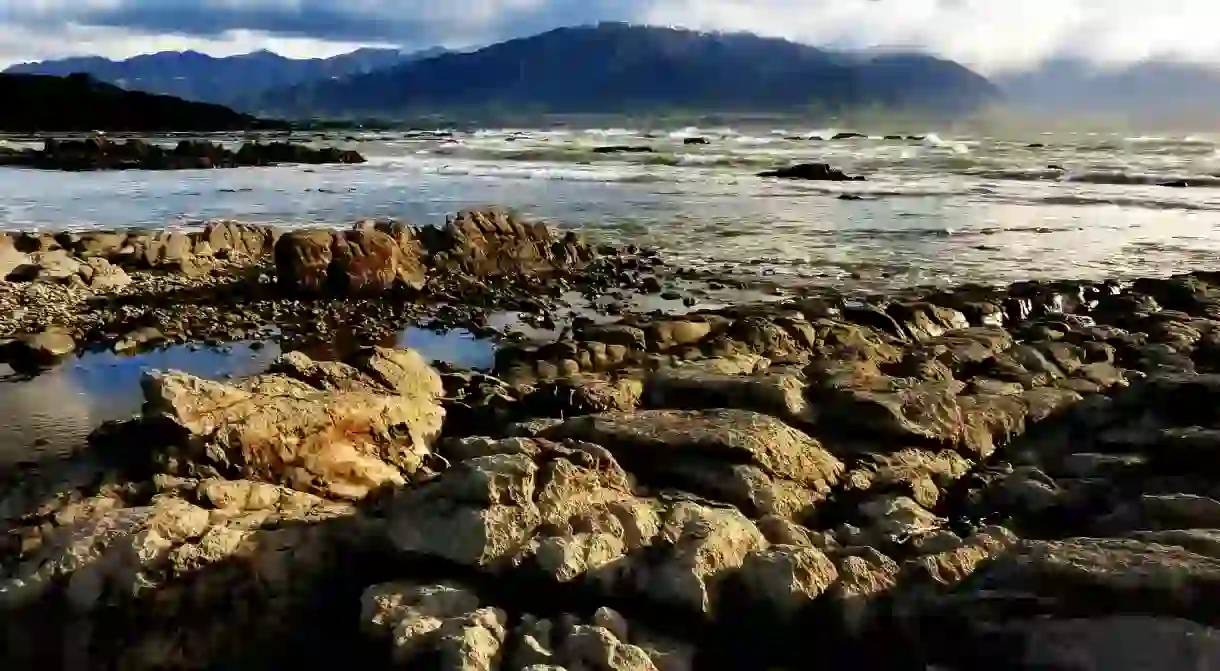Here's What We've Learned From New Zealand's Kaikoura Earthquake, One Year On

14 November marks the first anniversary of the 7.8-magnitude earthquake that struck the coastal New Zealand town of Kaikoura in 2016. Stretching more than 150 kilometres (93.21 miles) from the northeast corner of the South Island to the lower North Island, this was not only one of the highest-magnitude quakes in New Zealand’s history but also one the best observed anywhere in the world. So, what lessons have we learned from its seismic activity?
The earthquake shifted the South Island’s position
One of the first research findings to emerge in the aftermath of the Kaikoura quakes was that the South Island had actually moved five metres (16.4 feet) closer to the North Island. GNS Science, New Zealand’s leading geology, geophysics and nuclear science research institute, also reported that the shaking was so violent it permanently lifted certain parts of the South Island – with some places getting an uplift of as much as eight metres (26.2 feet).

It produced the strongest ground acceleration of any New Zealand quake
When looking at rupture patterns and earth movements, GNS seismologists found that ground acceleration rates for the Kaikoura earthquake surpassed that of the February 2011 Christchurch earthquake. Peak ground acceleration is measured both horizontally and vertically, but these results were so unexpected that scientists initially thought their machine was broken.
While Kaikoura was at the epicentre, Wellington has faced its own set of issues
With complex, highly unusual patterns spanning across various fault lines, this massive earthquake ended taking a toll on many of the capital city’s buildings. Basically, an extraordinary energy release, as well as the frequency and duration of the tremors raised alarm bells about Wellington’s infrastructure, building regulations and how the city can cope with large-scale disasters in the long term.

The quake’s complexity is helping scientists gain a better understanding of aftershocks
From the outset, it was evident that the Kaikoura quakes were incredibly complex. The curious thing for scientists was that the number of aftershocks were lower than forecast. Unlike predictions, earthquake forecasting is based on historic patterns and trends. Faced with a highly unusual sequence, seismologists have taken to working on improving their models and data analysis in order to understand the relationship between the fault lines and the aftershocks themselves.

New Zealand Defence Force Helping Evacuate Victims of the Kaikoura Earthquake | © Royal New Zealand Navy/Flickr
One of the major faults involved failed twice during the ordeal
GPS and seismic data showed that the Kēkerengū Fault, the most active during the Kaikoura earthquake, failed twice in a window of approximately 11 seconds. According to GNS Science seismologist Dr Caroline Holden this was the first time a rupture reactivation of this kind had been identified. The Kēkerengū Fault ruptures led to landslides, dislocated hills and has even been credited with moving an entire house off its foundations.
Geologists also discovered some new fault lines
As the land was closely surveyed in the aftermath of the tremors, geologists unveiled several ruptured faults – some of which were previously unknown to scientists. Flying over the epicentre towards the fault near the Waiau River led geologists to identify 21 ruptured fault lines, which in itself could have been a world record.

The way seismologists look at large-scale earthquakes has also been challenged
Generally, large-scale earthquakes are not as closely monitored as smaller, more frequent shakes. The research on Kaikoura, however, has raised new questions for this convention. For one thing, there was no record of previous activity for the broken Papatea and Leadership faults – in fact, seismologists believed the area had been inactive for some 125,000 years. Throughout its investigations, GNS Science has been relying on a combination of international earthquake data and New Zealand seismic trends in order to make sense of the information collected from Kaikoura and its future implications.














